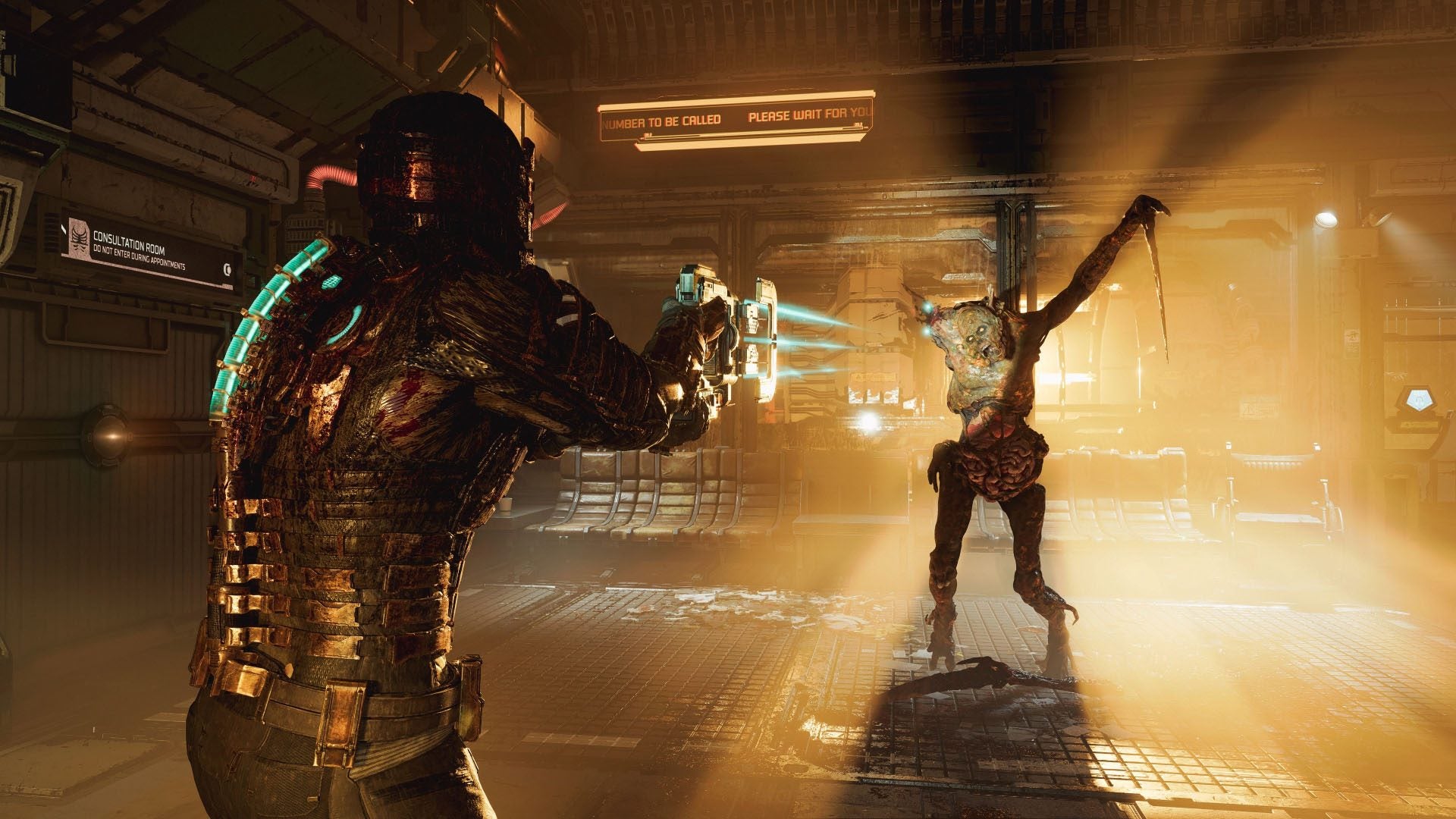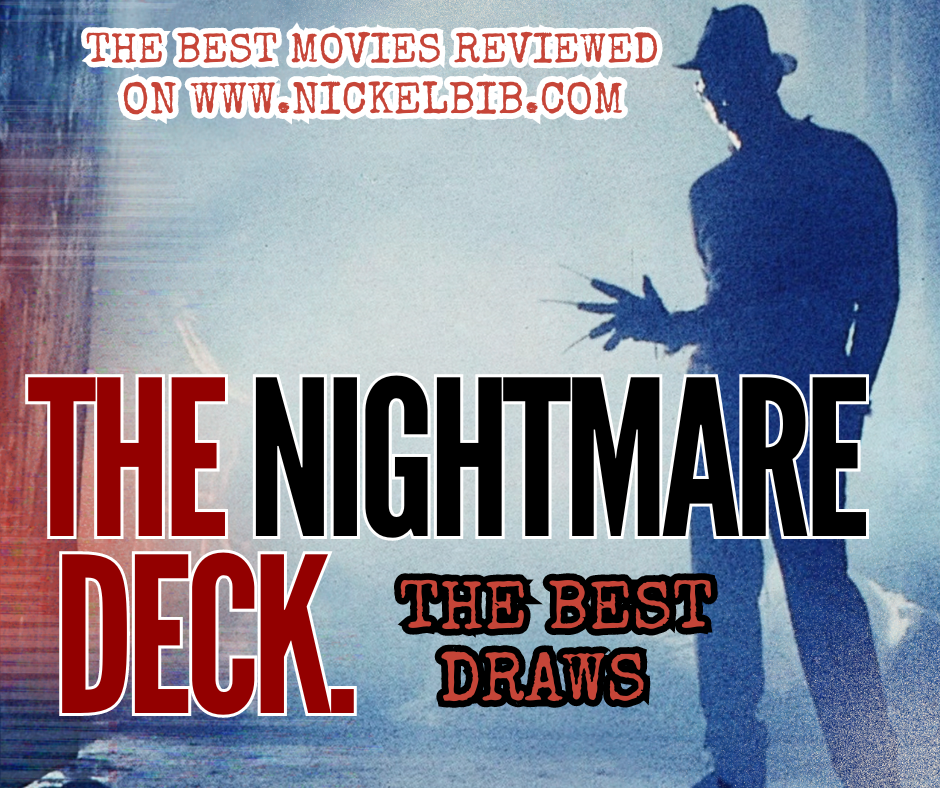As gaming continues to aspire and reach new heights, it’s unfortunate that local couch co-op has largely been left by the wayside. This is an issue that hasn’t been remedied and, honestly, it is something I never appreciated until after I met my fiancee and began playing games with her.
We’ve had a lot of fun playing single-player games with each other, but we always jump on the opportunity to experience a local multiplayer experience like Cuphead, Borderlands, or Rayman Legends, and I think since I’ve begun playing multiplayer games, I’ve experienced the closest thing to what I felt in my childhood. That’s why we bought A Way Out, an action-adventure video-game developed by Hazelight Studios and published by Electronic Arts. The developers are also known for Brothers: A Tale of Two Sons, a video-game I’ve owned for almost half-a-decade now and have never played. What’s unique about A Way Out is that, not only does it support local co-op (and online split-screen co-op), that’s the only way to play.
A Way Out is an action-adventure game set in 1972 about a man named Vincent Moretti and Leo Caruso. Vincent Moretti was newly incarcerated and sent to prison for fraud and murder, whereas Leo has been in the slammer for 6 months for grand theft, assault and armed robbery. As they come to meet each other, they soon realize they have a common enemy – a crime boss named Harvey. Leo had always been the shifty type and, responsible for many of what he’s accused, but it was by Harvey’s betrayal he found himself met with a murder charge. Vincent had always been on the right side of the law, a banker without more than a parking ticket, but it was through the intimidation, threats, and betrayal of Harvey he found himself imprisoned for fraud and the murder of his own brother. Seeing as how they both have it in for the guy, they make an agreement with each-other to escape their confinement and seek out their revenge.
As far as the story-line is concerned, it’s slick and yet, asks for a lot of suspension of disbelief. For some reason, the Gerard Butler and Jamie Foxx film Law Abiding Citizen comes to mind as far as far-fetched crime-drama is concerned. This shouldn’t be taken as derogatory, because, A Way’s Out’s story and characters have enough charm and heart to make up for it and then some. I especially enjoyed the rapport built between Leo and Vincent, as well as their banter with one another, and the stylish, unique use of the split-screen function (the screen will enlarge or decrease for one person depending on what’s happening in the story). I believe this is a story-line that also heavily benefits from being a video-game, because it’s allowed to be elevated beyond what, other-wise, would have likely been a middling, cliched film with an intriguing premise.
The game-play is unique in A Way Out. Although I wouldn’t call it a master of any one thing in-particular, it tries its hands at a whole bunch. It has elements of a Quantic Dream video-game (Heavy Rain or Detroit, for instance), although, I’d say it’s smoother, simpler, and more seamless than that. However, to my surprise, it has its fair-share of game-play mechanics, as well. Both elements of a third-person shooter and chase sequences on the order of Uncharted, exploration will see uncover plenty of mini-games as well. These aren’t whole-heart executions by any stretch. In no way would I recommend A Way Out if someone was searching for a third-person shooter, but it’s one of the finest ways I’ve ever seen a cinematic game (like Telltale, Dontnod, or Supermassive games) blend a story, while, at the same time, asking for fun, engaging interaction from the player. A Way Out isn’t my favorite cinematic game, but it might be the best usage of actual game-play I’ve seen.
One of the biggest draws about A Way Out is, of course, the multiplayer game-play, and, although it was to be expected, I was grateful for the way it allowed a unique experience for each individual character. Instead of other multi-players, which see characters doing the same thing as one another, with the second-player wedged into an otherwise single-player experience, this video-game was built from the ground-up as a two-player outing, and it adds a lot to its charm and distinguishes from a lot of other games. It’s another of those smart design choices that elevates A Way Out beyond itself. The multiplayer sees you working together and interacting in engaging ways, while, at the same time, offering unique variation.
The graphics are visually impressive, especially for a budgeted, niche video-game, and although I did notice a handful of glitches throughout, particularly during scenes that involve driving, I would say A Way Out played smoothly throughout on a technical level.
In the end, I’m not left with a lot of criticisms for A Way Out, even if I know it isn’t always hitting each note to perfection. The novelty and high-concept execution buys it a lot of leeway, given its crime-thriller film story brought to a video-game medium and its split-screen approach, I was able to overlook an over-the-top and cliched story. I admired its creative use of the cinematic game formula and how it was able to blend in a lot of different conventional game-play components, amounting to a short, but sweet six hour game play experience. A Way Out is solid, and I’d recommend it, but you have to bring a buddy!






GIPHY App Key not set. Please check settings